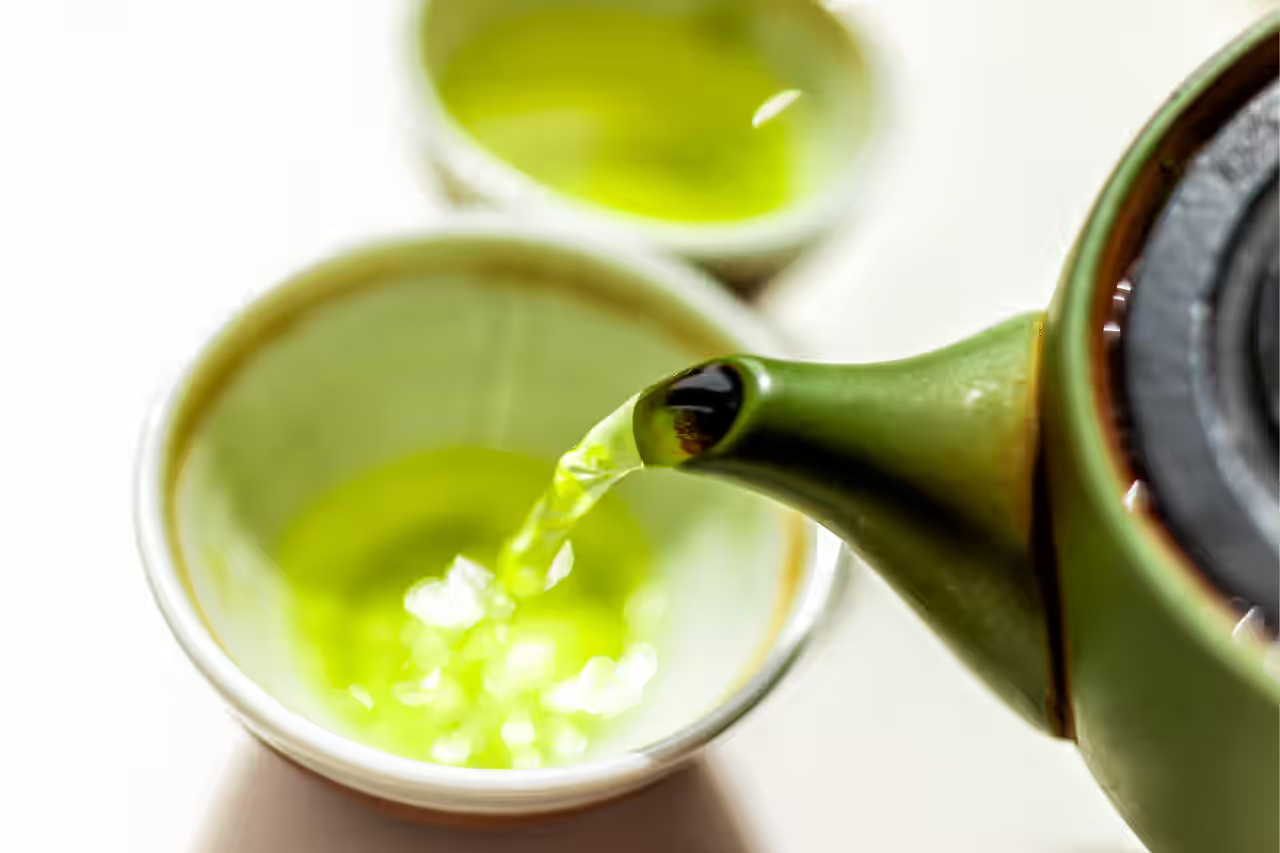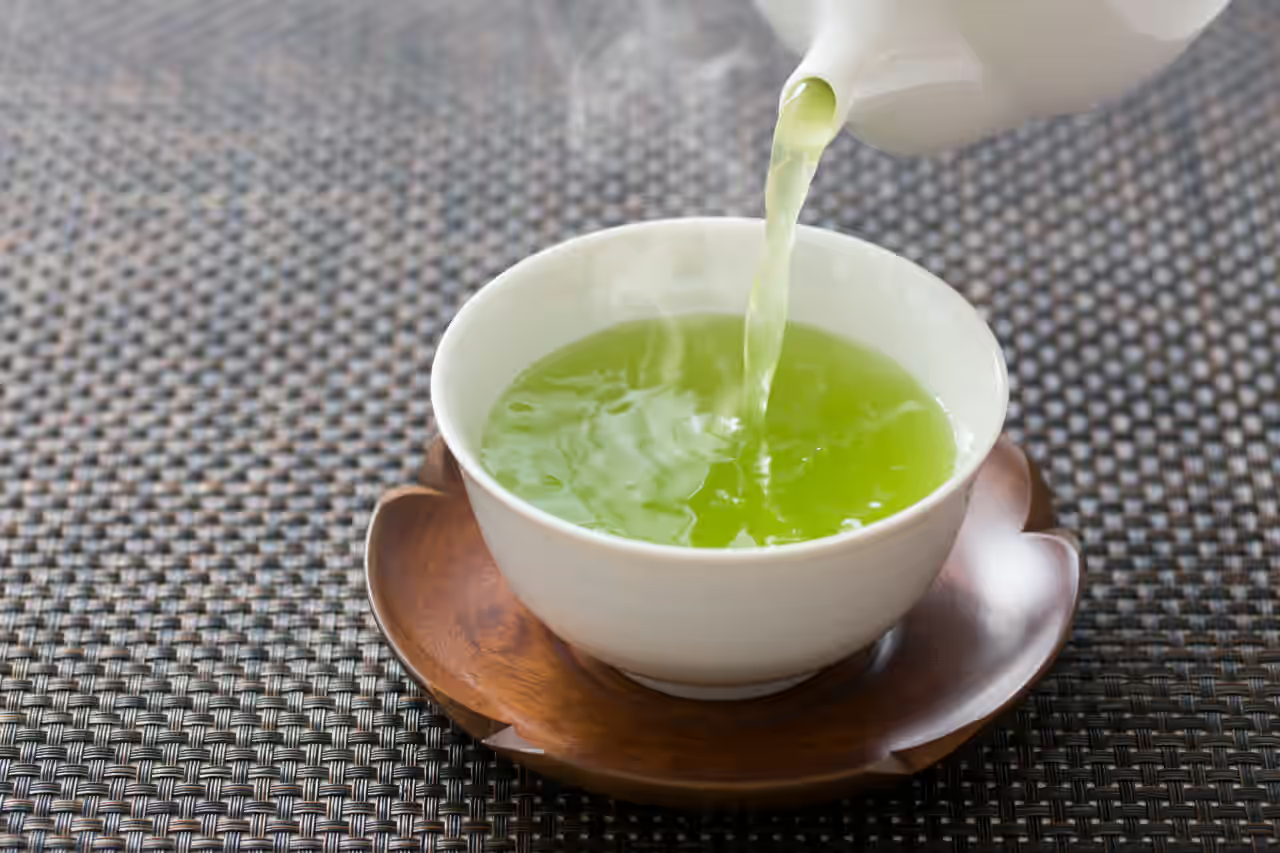sencha tea vs matcha - An Overview
sencha tea vs matcha - An Overview
Blog Article
Also, when it's time to harvest the leaves, the ones utilized for Matcha are far better picked. They are definitely only by far the most tender top leaves from the plants, although Sencha leaves are a little much less discriminating.
The leaves may very well be rolled based on the certain processing methods in the region from which they’re developed. Rolling the leaves makes a needle-like condition, which intensifies the flavors when steeped and is frequently witnessed in Chinese tea. (Go through my other post evaluating Japanese tea and Chinese tea below.)
Sencha is refreshing and Daring and matcha supplies lots of balanced and gentle Strength for people extensive days, with none associated caffeine crashes and number of side effects.
When you journey from the entire world of Japanese inexperienced teas, chances are you'll end up questioning which tea is the right 1 to suit your needs: sencha or matcha? The solution to this question lies in your own preferences and the precise components that appeal to your taste buds and Way of life.
To brew sencha, you infuse the whole tea leaves in very hot drinking water and discard them following steeping (or rely on them yet again for next, third, or more steepings; however you don’t take in them). Sencha is frequently not brewed with milk.
Sencha is a Distinctive style of environmentally friendly tea that Japanese people consume daily. The medium-grade tea is made up of young-development leaves on the tea plant Camelia sinensis. Sencha is the preferred tea in Japan and it has encouraged tea rituals and ceremonies.
Asamushi Sencha is steamed for just a shorter period of time, giving it a lighter flavor and aroma. The identify “Asamushi” interprets to “light-weight-steamed” in Japanese. It refers back to the shorter steaming approach utilized to make this tea.
VelvetFoam.com is a participant during the Amazon Expert services LLC Associates Method, an affiliate marketing application intended to offer a implies for sites to gain advertising and marketing costs by advertising and linking to Amazon.com
Sencha and matcha inexperienced teas are well-known in Japan for their exclusive flavor profiles, cultural significance, and health Positive aspects.
Steaming: Freshly harvested leaves are steamed for a brief period of time to halt oxidation, preserving their vibrant eco-friendly colour and grassy notes.
Sencha is mostly a better option for individuals delicate to caffeine, Even though hojicha is a environmentally friendly tea with much less caffeine than other styles and probably your very best guess if you are attempting in order to avoid consuming an excessive amount of caffeine. I also have an article comparing hojicha with matcha.
Where by sencha tea, like most teas, is steeped in hot water to flavor it, matcha tea is definitely ground right into matcha tea vs sencha tea highlights a high-quality powder. In lieu of steeping leaves in drinking water, matcha powder is combined immediately to the water, making it a singular and connected consuming practical experience that couple other substances give.
South of Japan In the south of Japan, we see a way more varied variety of sencha green tea being developed. Mr. Henta in Kirishima for instance produces 8 different types of tea plant varieties on a relatively smaller tea field.
Expect a creamy sweetness by using a pronounced umami savoriness, well balanced by a subtle bitterness. The standard and supply of matcha may also impact its taste – ceremonial-grade matcha might be smoother and fewer bitter than culinary-quality matcha.